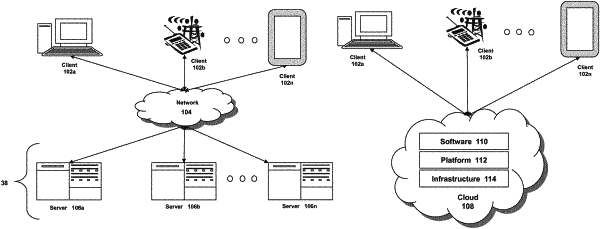| CPC H04L 63/1425 (2013.01) [G06Q 10/0639 (2013.01)] | 18 Claims |

|
1. A method comprising:
establishing, by one or more processors, a different identifier to each user of a plurality of users that identifies each user separately from any email account of each user;
communicating, by the one or more processors, a simulated phishing communication to a first email account of a user of the plurality of users and to one or more second email accounts different from the first email account;
receiving, by the one or more processors, a reply to the simulated phishing communication communicated to the first email account of the first user, the reply including an identifier of the first user, wherein the identifier was received by the device from the one or more processors; and
identifying, by the one or more processors using the identifier of the user in the reply, that the reply was received responsive to the simulated phishing communication being communicated by the one or more processors to the first email account of the user.
|